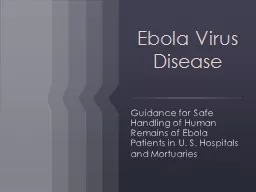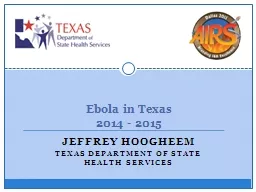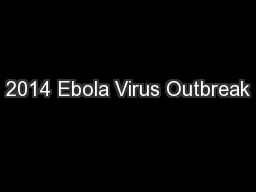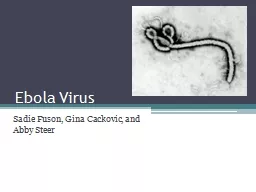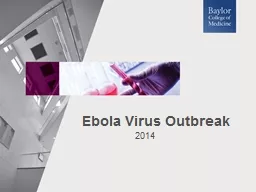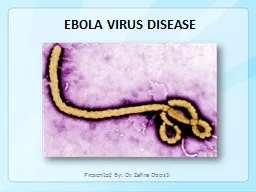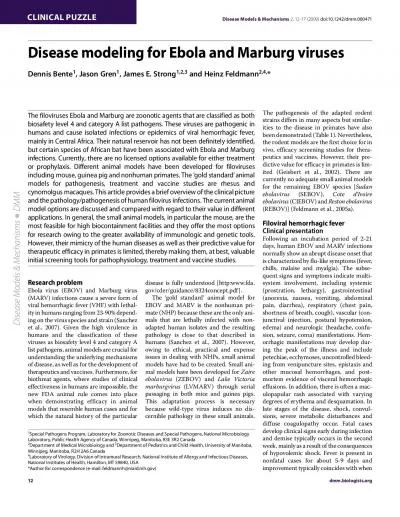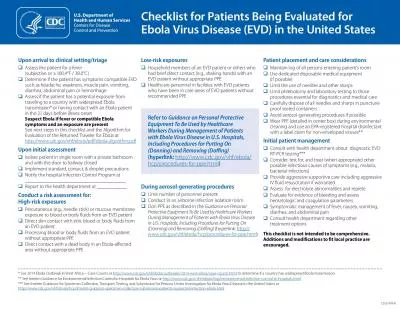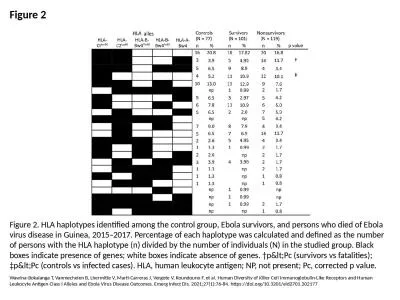PPT-Ebola Virus Disease
Author : luanne-stotts | Published Date : 2016-10-13
Guidance for Safe Handling of Human Remains of Ebola Patients in U S Hospitals and Mortuaries Key Points Ebola virus can be transmitted in postmortem care settings
Presentation Embed Code
Download Presentation
Download Presentation The PPT/PDF document "Ebola Virus Disease" is the property of its rightful owner. Permission is granted to download and print the materials on this website for personal, non-commercial use only, and to display it on your personal computer provided you do not modify the materials and that you retain all copyright notices contained in the materials. By downloading content from our website, you accept the terms of this agreement.
Ebola Virus Disease: Transcript
Download Rules Of Document
"Ebola Virus Disease"The content belongs to its owner. You may download and print it for personal use, without modification, and keep all copyright notices. By downloading, you agree to these terms.
Related Documents

